Estimated reading time: 13 minutes
Edible Flowers: A Complete Guide
Flowers are not just pretty to look at, but they can also add a unique flavor and visual appeal to your dishes. Edible flowers have been used in culinary applications for centuries, and they continue to be popular today. In this guide, we'll take a closer look at some of the most common edible flowers, as well as some tips on how to use them in your cooking. We also share many edible, flower-related recipes on our blog, from cakes and cookies to teas, syrups, and infused honey and sugar!
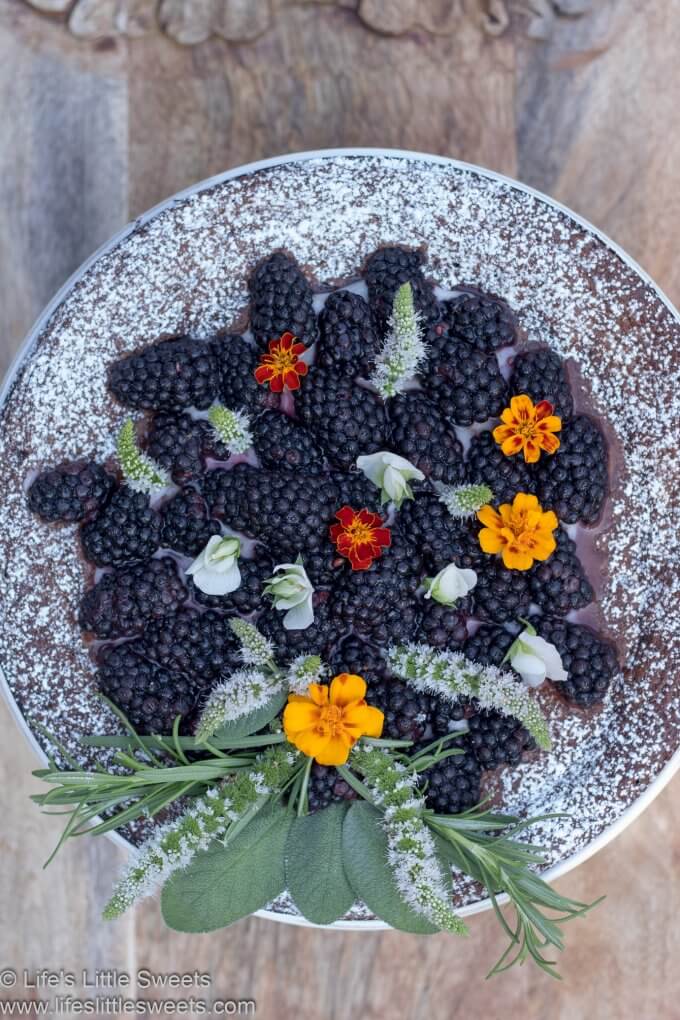
Table of contents
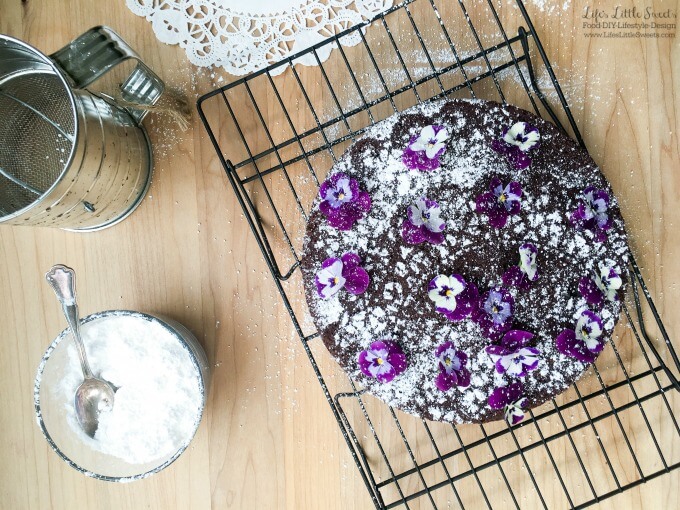
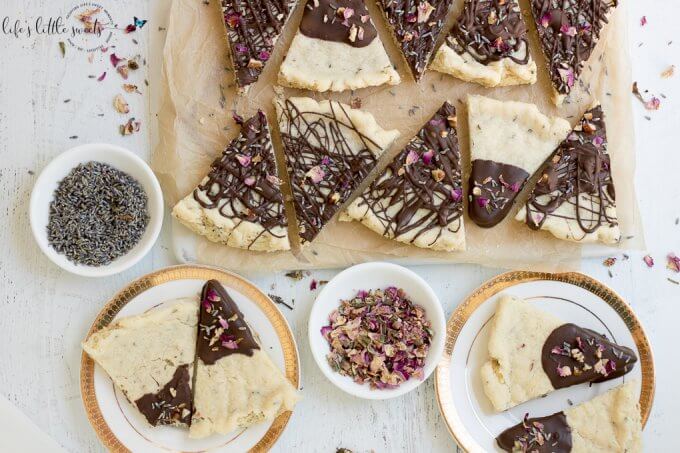
Disclosure
Please read the following disclosure below. While edible flowers are beautiful, fun, and trendy, it's important to gain some knowledge before forging ahead - especially if you are new to them. I've used edible flowers for years while developing recipes for this and other blogs, with every recipe, I carefully studied each type of flower, asked flower and foraging experts that I personally know in real life, read a number of books about them, and tested my recipes a number of time. Please make sure when trying something that's new to you (if that's the case) that you are careful too.
Legal Safety Disclosure: While many flowers are edible, not all are safe to eat. Some flowers can be toxic and may cause allergic reactions or other health issues. It is important to be sure that any flowers you plan to eat are safe for consumption and have not been treated with pesticides or other chemicals. If you have any doubts or concerns about the safety of a particular flower, it is best to consult with a qualified healthcare professional or a certified forager before consuming it. The information provided in this article is for educational purposes only and should not be considered medical advice.
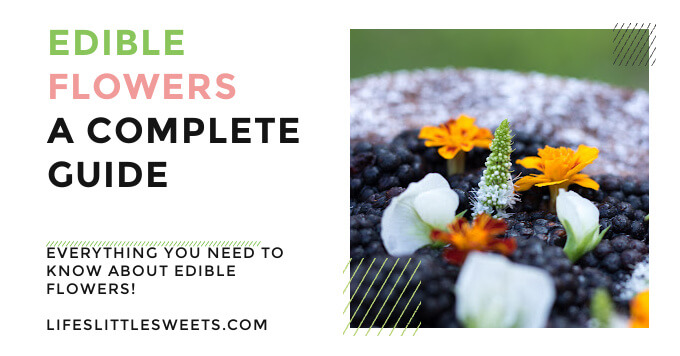
Common Edible Flowers
- Roses - Rose petals are edible and can be used in a variety of dishes, such as jams, syrups, and baked goods. They have a sweet, floral flavor and are often used to add a touch of elegance to desserts. Check out our recipe for Lavender Rose Shortbread!
- Lavender - Lavender flowers have a distinct, floral flavor and can be used to flavor baked goods, beverages, and even savory dishes. They are often used in tea blends, and can also be used to make lavender-infused honey. Check out our Lavender Recipes Collection!
- Chamomile - Chamomile flowers are known for their calming properties and can be used to make tea or infused in desserts. They have a sweet, apple-like flavor and are often used to add a unique flavor to desserts. Get whole, loose-leaf, organic Chamomile flowers here!
- Nasturtiums - Nasturtium flowers have a peppery taste and can be used in salads, sandwiches, and even as a garnish. They come in a range of colors, from yellow to orange to red. Get your Nasturtium seeds for planting here (Amazon affiliate)!
- Dandelions - Dandelion flowers have a slightly bitter taste and can be used to make dandelion wine or added to salads for a pop of color and flavor. They are often harvested in the springtime. Check out our recipe for Dandelion Fritters!
- Hibiscus - Hibiscus flowers have a tart, cranberry-like flavor and can be used to make tea or added to desserts. They are often used in Latin American and Caribbean cuisines. Check out our Complete Guide to Hibiscus and our recipe for Hibiscus Tea and Cold Brew Hibiscus Tea!
- Elderflowers - Elderflowers have a sweet, floral flavor and can be used to make cordials, syrups, and even wine. They are often used in Scandinavian and Eastern European cuisines. You can get Elderflower Tea here (Amazon affiliate)!
- Violets - Violets have a sweet, floral flavor and can be used to add color and flavor to desserts. They are often used to make violet-flavored syrup or added to ice cream. We use violets to decorate our Strawberry Muffins recipe!
- Marigolds - Marigold petals have a citrus-like flavor and can be used to add a unique flavor to soups, stews, and even rice dishes. They are often used in Mexican and Central American cuisines. We use Marigolds to garnish our Cold Brew Iced Tea recipe!
- Pansies - Pansies have a mild, sweet flavor and can be used to add color and flavor to salads, desserts, and even cocktails. They come in a range of colors, from purple to yellow to orange. Pansies top our Single-Layer Chocolate Cake recipe!
- Lilacs - It's worth mentioning that Lilacs, while not as "tasty" as other flowers, are incredibly fragrant and can lend themselves to many "infused" types of recipes. Check out our Lilac Recipes Collection!
- Blue Butterfly Pea Flowers - Blue butterfly pea flowers, (also known as Clitoria ternatea), are a popular edible flower used in many dishes and drinks. Native to Southeast Asia, these vibrant blue flowers are known for their distinctive color and health benefits. In addition to adding a beautiful blue hue to food and drinks, blue butterfly pea flowers are also known for their antioxidant properties and potential health benefits. The flowers contain anthocyanins, which are plant compounds that have been shown to have antioxidant and anti-inflammatory effects. Blue butterfly pea flowers are often used to make tea, as they have a slightly sweet and earthy flavor. The tea can be enjoyed hot or cold and is often served with a squeeze of lemon juice, which turns the tea into a beautiful purple color. In addition to tea, blue butterfly pea flowers can also be used to add color and flavor to a variety of dishes, including rice, desserts, and cocktails. Some popular recipes using blue butterfly pea flowers include blue rice, blue smoothies, and blue margaritas. It's important to note that while blue butterfly pea flowers are generally considered safe for consumption, they can interact with certain medications and may cause side effects in some people. As with any edible flower, it's important to do your research and consult with a healthcare professional before consuming blue butterfly pea flowers if you have any concerns or health issues. Blue butterfly pea flowers are beautiful and flavorful edible flowers with potential health benefits. They can be used in a variety of dishes and drinks, but it's important to use them safely and consult with a healthcare professional if you have any concerns. Check out our Blue Butterfly Pea Flower Recipe Collection!
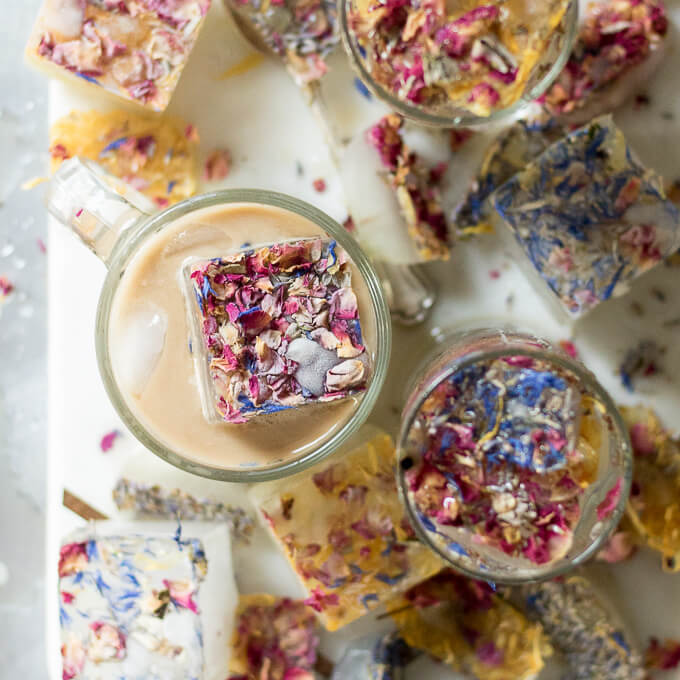
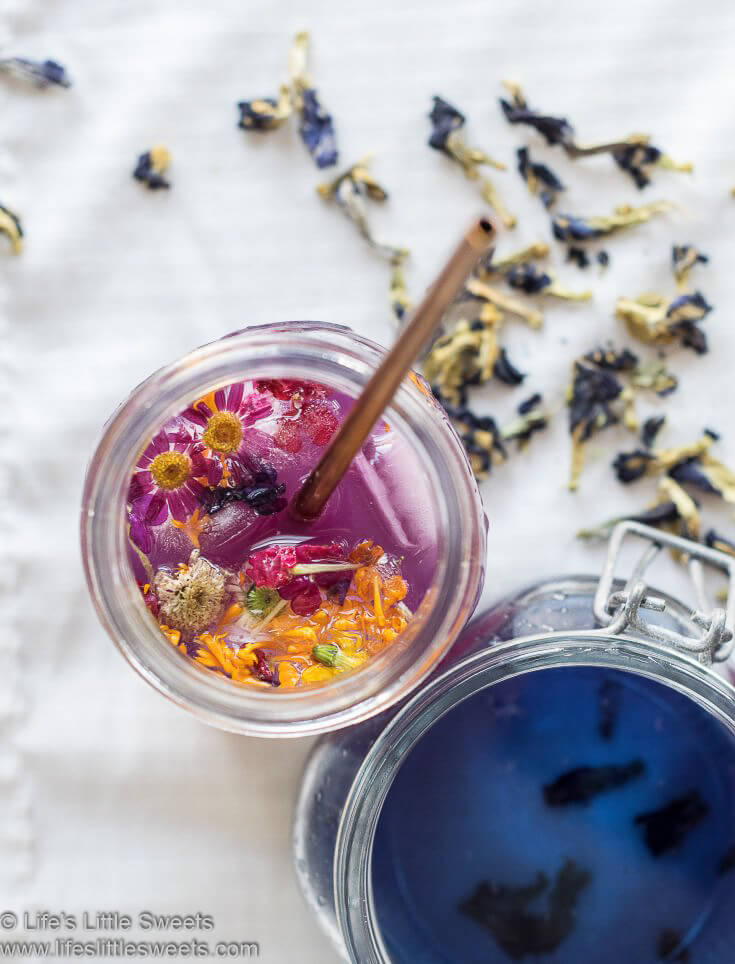
Should I Use Dried or Fresh Edible Flowers?
When it comes to cooking with edible flowers, you may be wondering whether to use dried or fresh flowers. The answer to this question depends on the recipe and personal preference.
Dried edible flowers are a great option for recipes that require a longer cooking time or for making teas and infusions. Dried flowers can also be stored for longer periods of time and are often more readily available than fresh flowers.
On the other hand, fresh edible flowers are ideal for recipes that require a delicate, fresh flavor and appearance. Fresh flowers can be used to add a pop of color and texture to salads, desserts, and other dishes.
When using fresh flowers, it's important to make sure they are clean and free of any insects or debris. To clean fresh flowers, gently wash them in cool water and pat them dry with a paper towel.
Whether you choose to use dried or fresh flowers, it's important to use only edible flowers that are safe for consumption. Always research the flowers you plan to use and make sure they have not been treated with pesticides or other harmful chemicals.
Both dried and fresh edible flowers can be used in cooking and baking, and the choice depends on the recipe and personal preference. Just make sure to use safe and clean flowers, and enjoy the beauty and flavor they bring to your culinary creations!
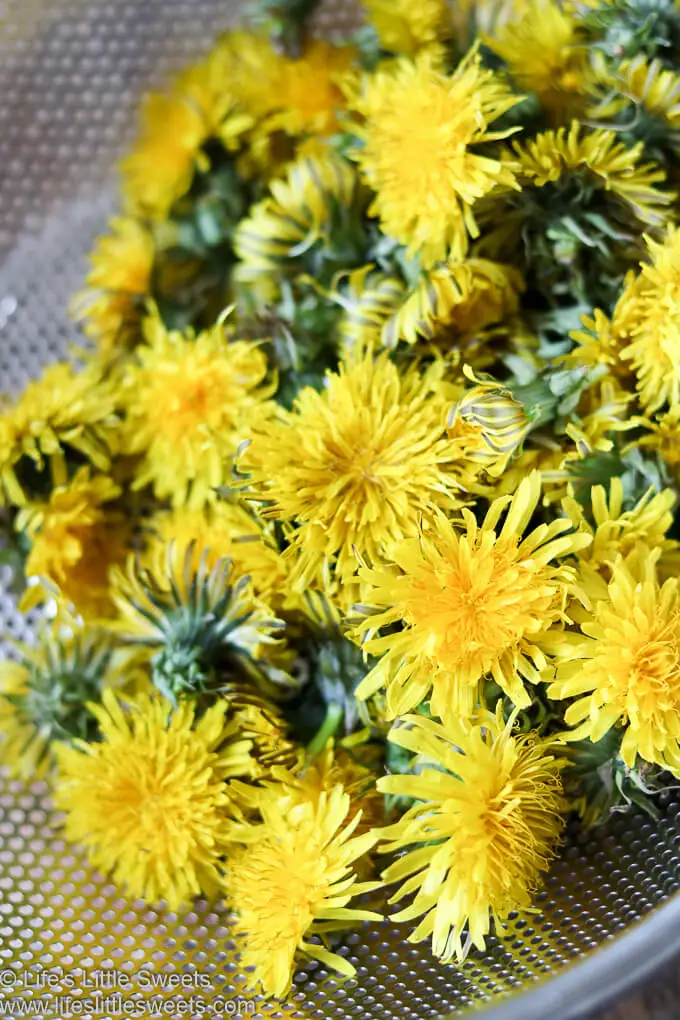
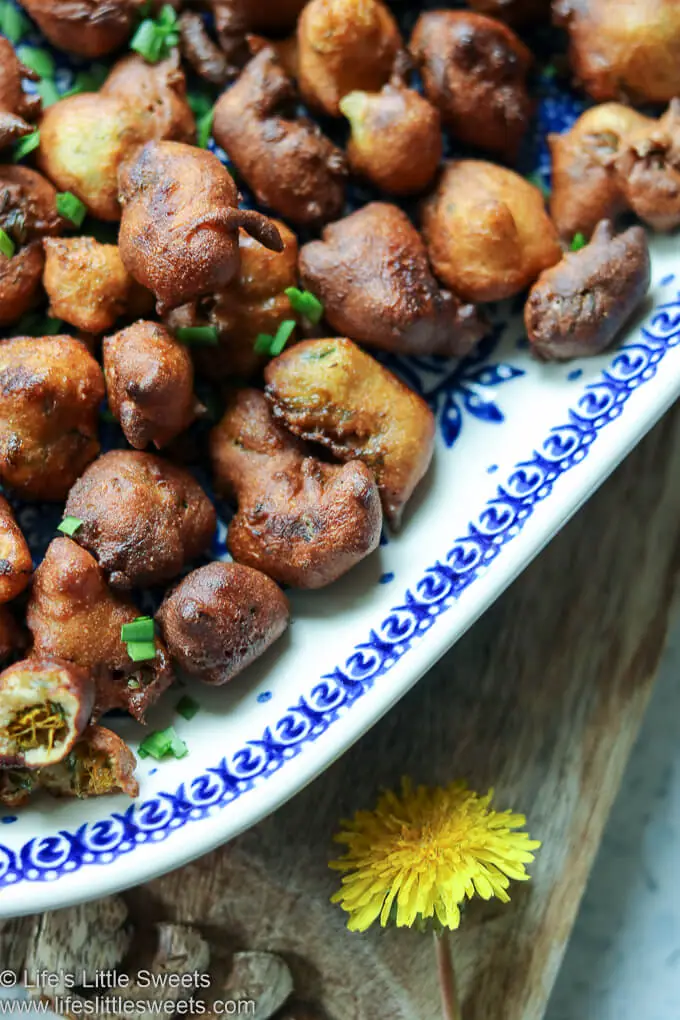
Using Pressed Flowers in Recipes
Another way to incorporate edible flowers into your cooking is by using pressed flowers. Pressed flowers are created by flattening and drying flowers, which can then be used as a decorative element in dishes, desserts, and drinks.
To press flowers, place them between two pieces of parchment paper and then between the pages of a heavy book. Leave the flowers in the book for several days until they are completely dry and flattened. You can also use a flower press if you have one.
Once your flowers are pressed and dried, they can be used to decorate cakes, cupcakes, cookies, and other desserts. They can also be used to add a decorative element to drinks, such as floating them on top of cocktails or freezing them in ice cubes.
- This is a highly-rated listing of pressed flowers to buy on the Amazon website, here (Amazon affiliate link). It does not say if they are organic or not, I would just use them decoratively, for example, on the outside of a cake, and pull them off before eating, like you would birthday cake candles, just to be sure. I can't tell if they are all edible or not but it looks like some are not an edible species and are just for decorative purposes only so buyer beware. (In the Q&A, in the listing, it says they are non-toxic but not edible - so just for decorating! Anyways, it's good to have options)
When using pressed flowers in recipes, it's important to make sure they are clean and free of any debris. It's also a good idea to use edible flowers that are safe for consumption and have not been treated with pesticides or other harmful chemicals.
- Below is a highly-rated, flower press kit that you can buy, if you grow or purchase edible flowers and want to press them yourself, you can buy that here (Amazon affiliate link).
It's important to note that while pressed flowers can be used as a decorative element in food and drinks, they are not meant to be eaten. They are purely for decorative purposes and should be removed before consuming food or drink.
Pressed flowers are a beautiful and unique way to add a decorative element to your culinary creations. Just make sure to use edible flowers that are safe for consumption and enjoy the beauty they bring to your dishes and drinks!

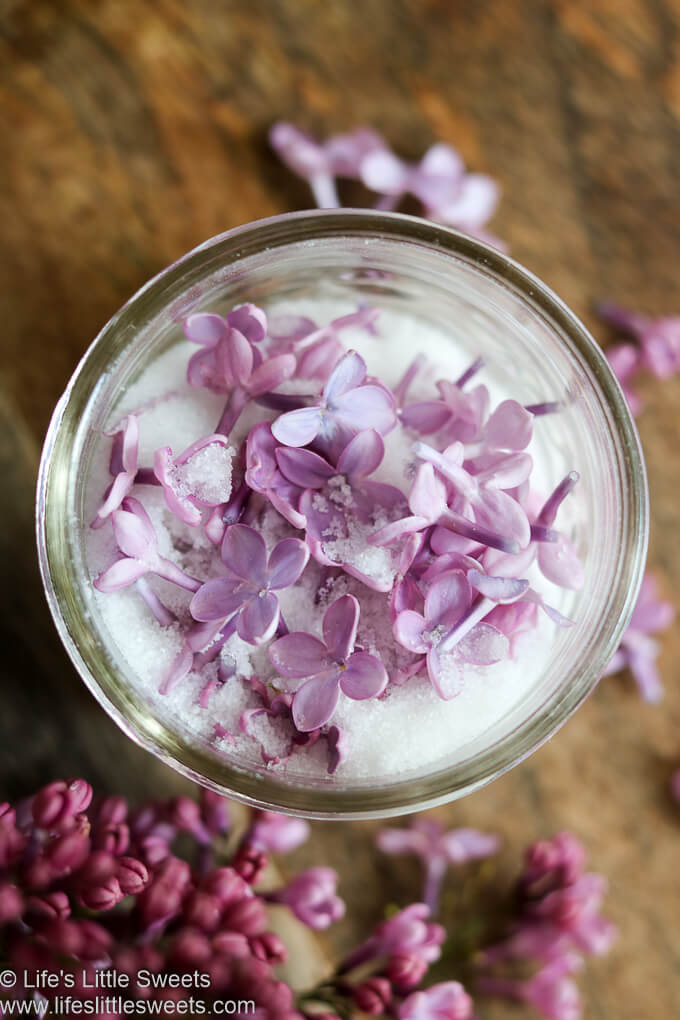
Where do we get our favorite edible flowers?
- Grow: We grow a number of edible plants/flowers in our kitchen garden: many varieties of mint, Lavender, Echinacea, Marigold, Chive, Sage, Thyme, and Basil - just to name a few!
- Wild Flowers - Foraged Flowers: On our property, we forage a number of wild plants/flowers, for example, wild violets, Oxeye daisies, clover, and Jewelweed, to name a few - I highly suggest taking a class with a knowledgeable, practiced forager, seeking expert advice, and having a foraging handbook before foraging yourself, especially if you have never done so. I have this handy book on foraging guide in my home library (Amazon affiliate link): Northeast Foraging: 120 Wild and Flavorful Edibles from Beach Plums to Wineberries (Regional Foraging Series)
- Buy: We have used the following pack of dried, culinary-grade edible flowers from bMAKER, here (Amazon affiliate)
Tips for Using Edible Flowers
- Use only the petals - When using flowers in your cooking, generally, make sure to remove the pistil and stamen, as they can be bitter and unpleasant to eat. Use only the petals in your dishes. (You will see in this post, I do break that rule in some cases with my recipes!)
- Choose organic - When using edible flowers, it's important to choose organic, pesticide-free flowers. Avoid using flowers that have been treated with chemicals or pesticides.
- Use sparingly - Edible flowers can be potent in flavor, so use them sparingly. A little goes a long way! (especially with Lavender)
- Experiment - Don't be afraid to experiment with different types of flowers in your cooking. Try adding them to your salads, desserts, and even savory dishes to add a unique flavor and visual appeal to your dishes.
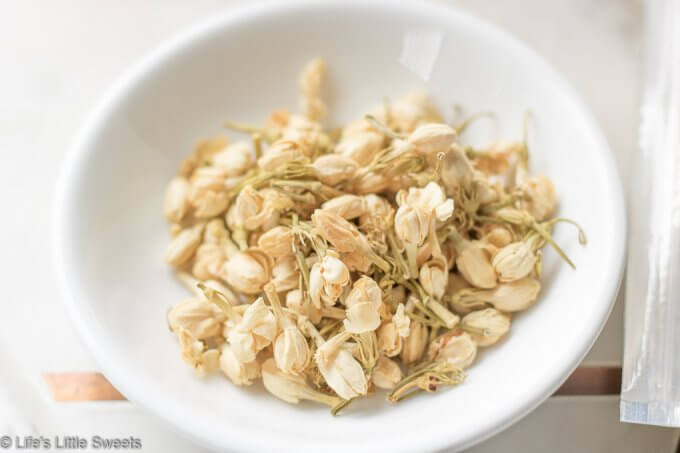
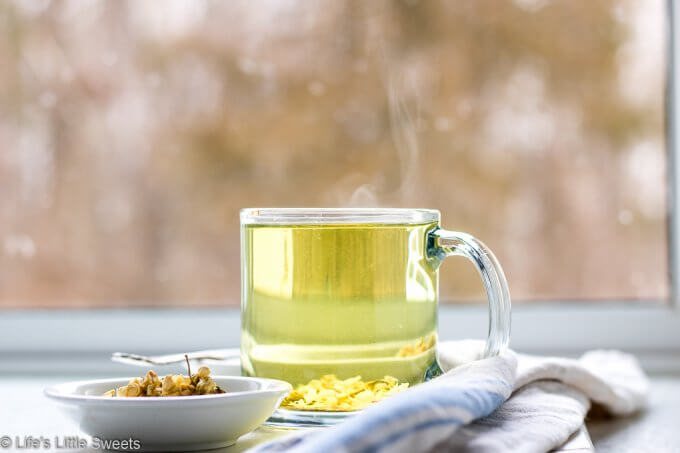
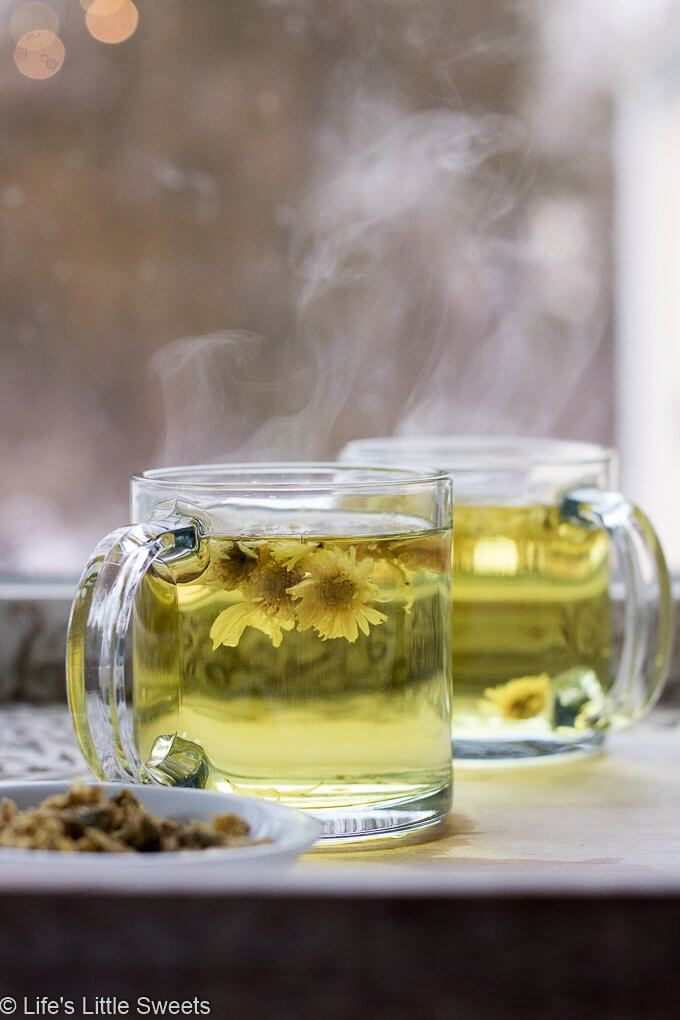
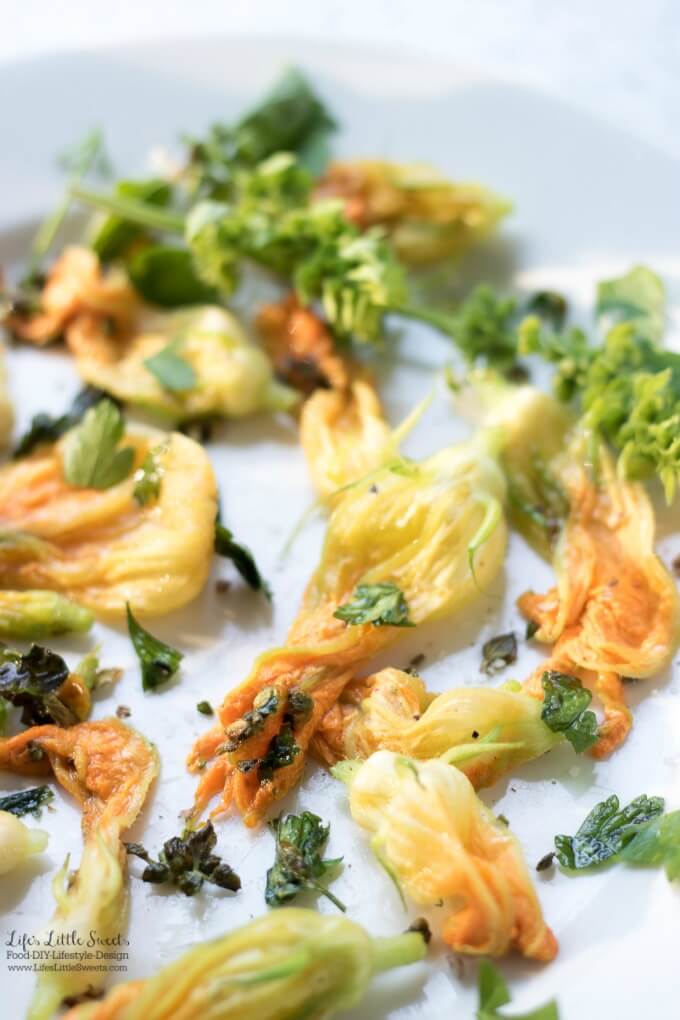
Latest Posts
- First published: 4/4/2023
- Dandelion Jelly - April 22, 2024
- Nordy Bars - April 14, 2024
- Hot Cross Buns - April 6, 2024

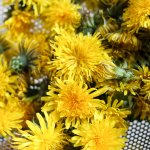
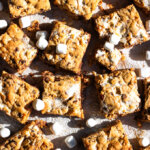
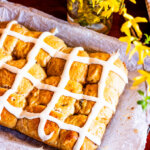
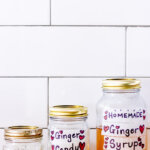
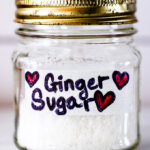
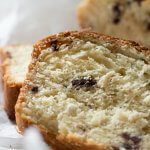
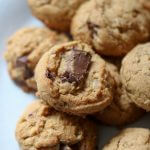
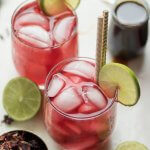
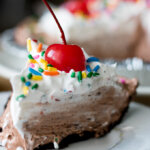
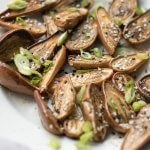

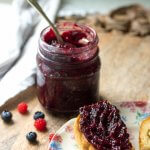
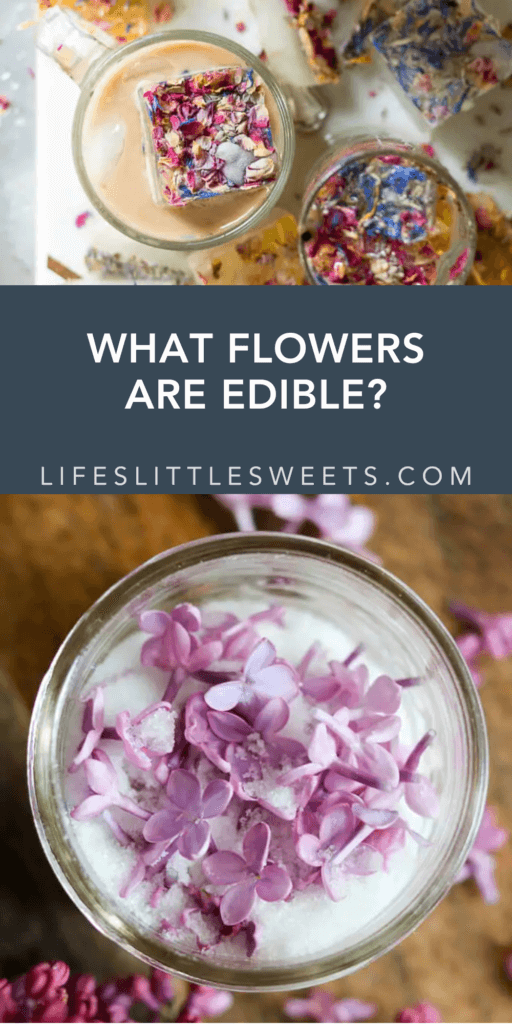
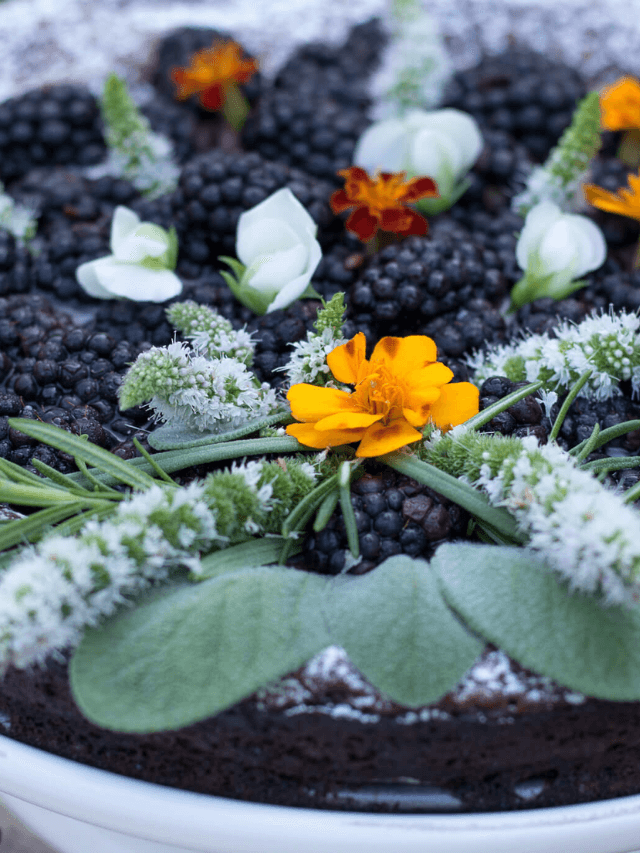
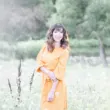
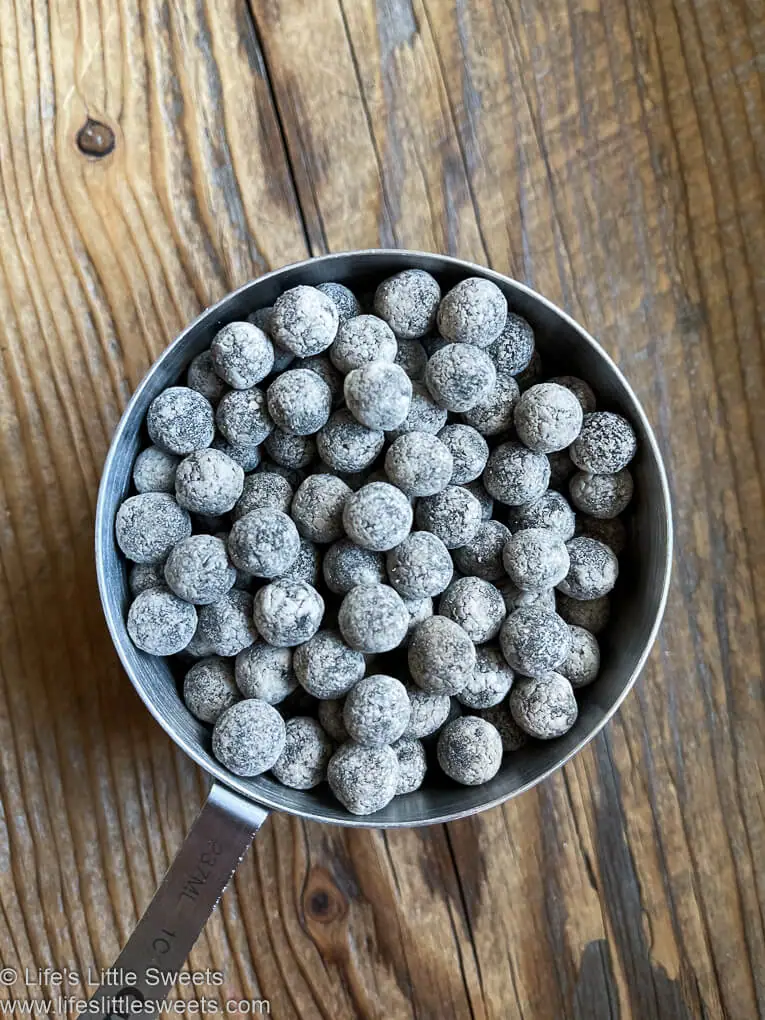
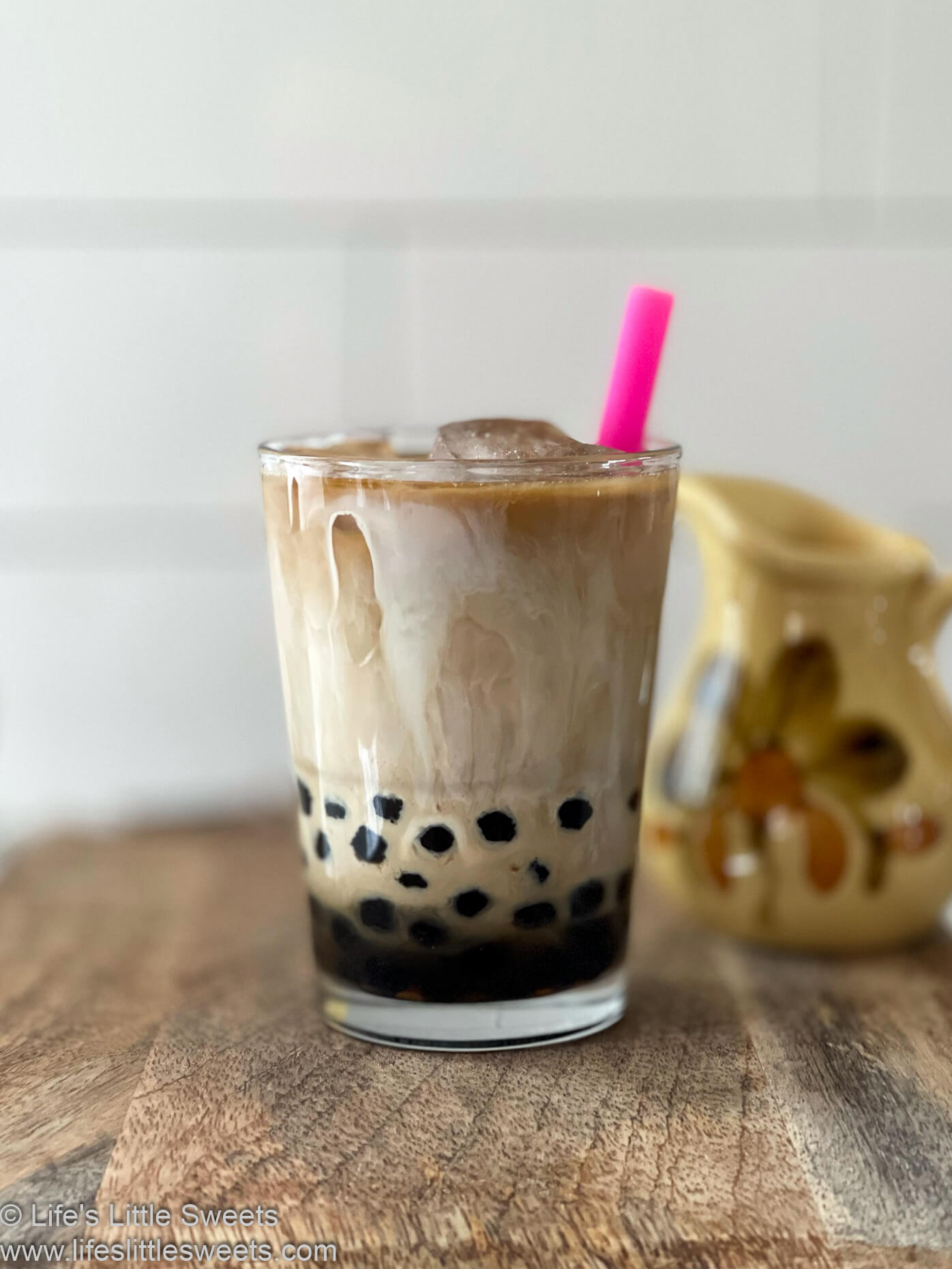
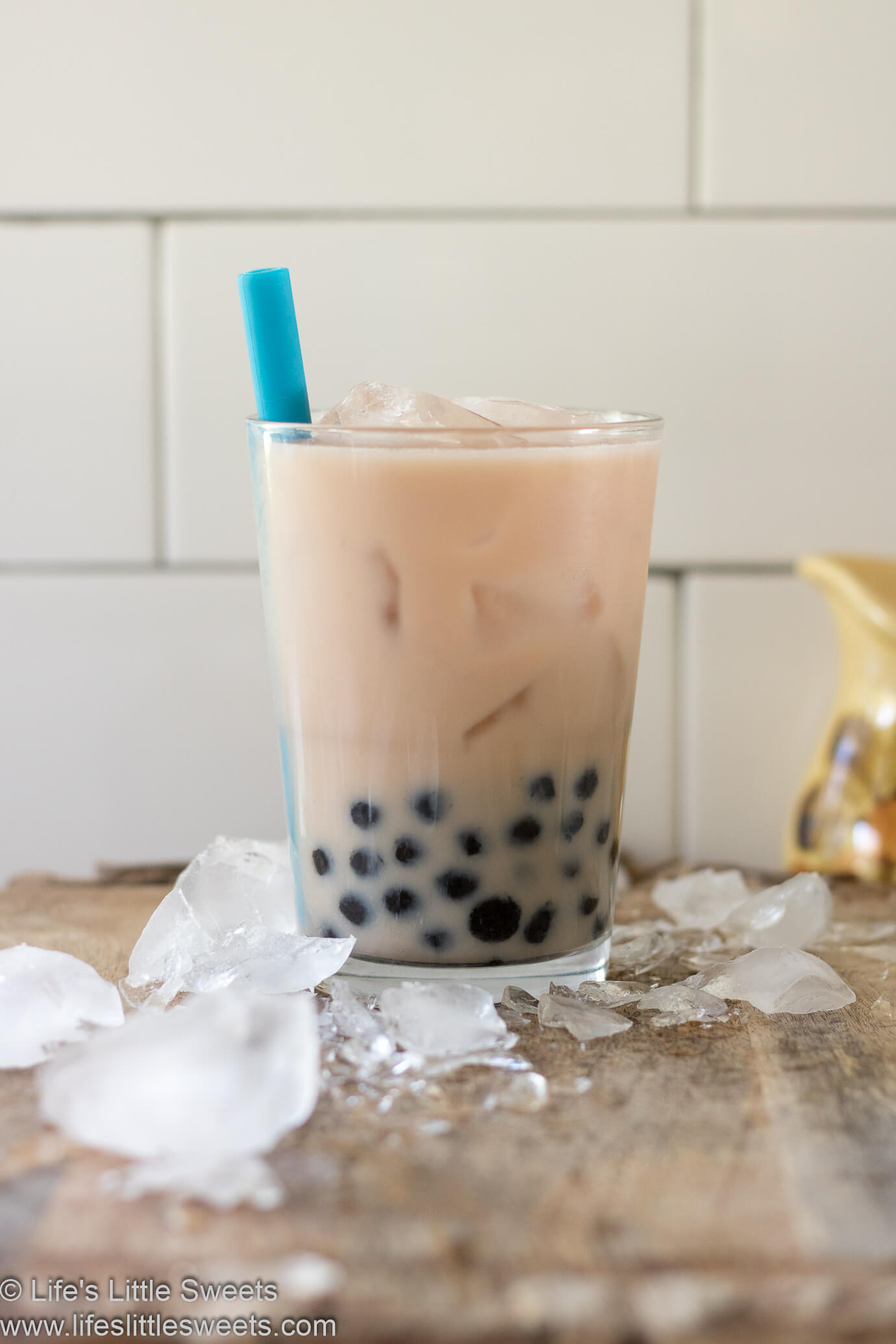
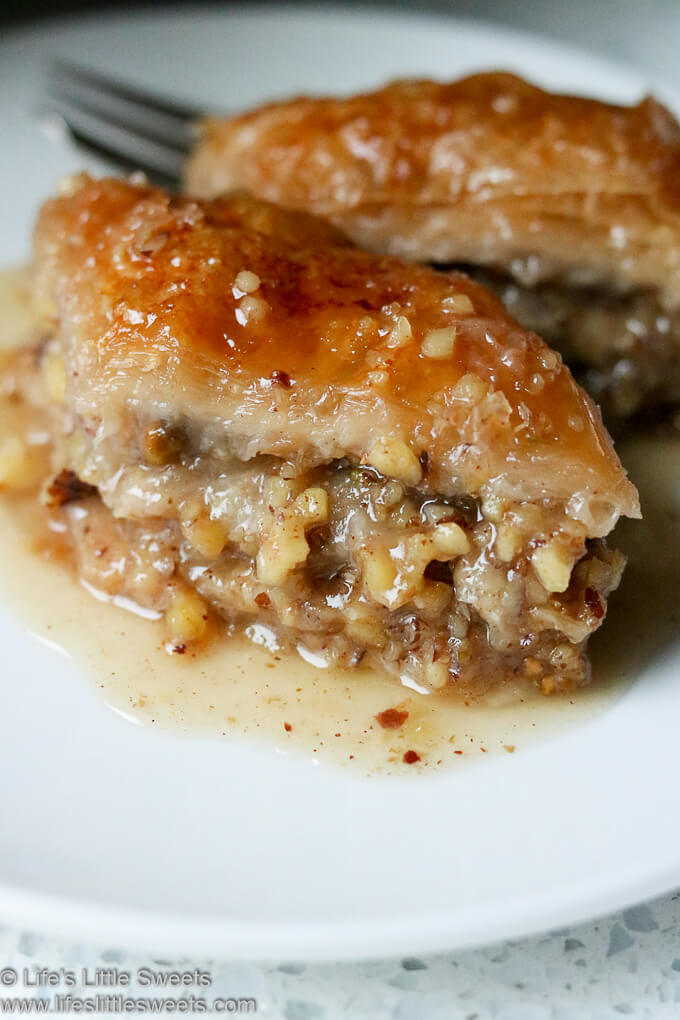
Leave a Reply